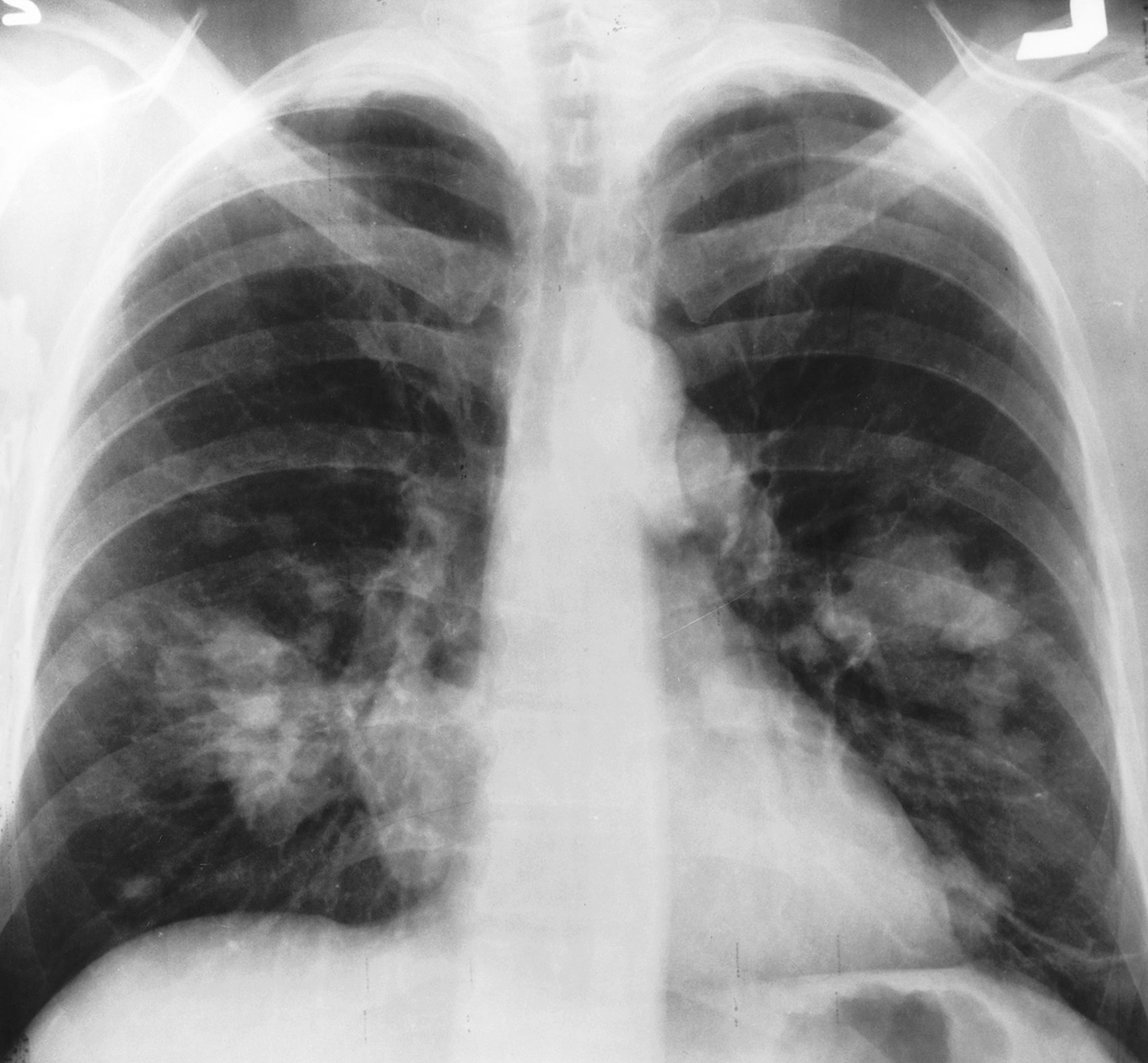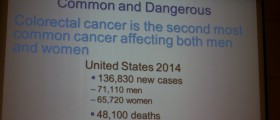
Lung Cancer - Definition
Lung cancer is definitely one of the deadliest malignant diseases and is a huge problem affecting many people around the world both men and women. A long time ago, when only men used to smoke, lung cancer was more reported in males. However, once women started smoking, the tumor became more frequent among this gender as well.
Lung cancer practically originates from certain cells of the lungs. There are several histological types of lung cancer all of which are classified into two separate groups, small-cell lung carcinomas and non-small-cell lung carcinoma. In the majority of cases people develop non-small cell lung carcinoma while small-cell lung carcinoma accounts for only 20% of all cases of this malignant tumor. There is also a mixture cancer made of both these types.
Exposure to tobacco smoke is blamed for almost each and every case of lung cancer. Since non-smokers are affected in approximately 15% of all cases, it seems that there are additional contributing factors to the disease. Scientist believe that lung cancer may be closely connected with genetics, exposure to radon gas, exposure to asbestos and air pollution and it surely can be triggered by secondhand smoke.
Lung cancer can be easily diagnosed with the assistance of chest X-ray or CT scan of the chest cavity. The very treatment depends on the stage of the disease, pathohistological type of the tumor, the overall health of the patients and comorbidities. Even though surgery, chemotherapy and radiation therapy are all available, non-small-cell lung carcinoma responds better to surgery while small-cell carcinoma has better prognosis if treated with a combination of radiation therapy and chemotherapeutics.
Weight loss and shortness of breath are typical symptoms of lung cancer which must never be neglected.
When it comes to women, they are prone to recommended check-ups and cancer screening which may help diagnosing the tumor in early stages. However, we are all different. Young women, for instance, tend to neglect certain symptoms and decrease the efficacy of timely treatment.
Signs Which You Should not Ignore
Women as well as men should not ignore certain symptoms and signs which may point to the presence of some serious underlying conditions. One of these is lung cancer.
Unexplained weight loss in women is perhaps something every woman dreams of. But, if a woman has not been dieting or planned to lose weight this sign may be worrying and must not be taken lightly.
Abdominal bloating is another sign that should be taken seriously. Even though many women experience abdominal bloating associated with menstrual cycle each and every month, such bloating may be a sign of liver enlargement due to lung metastases or even accumulation of fluid inside the peritoneum because cancer cells have spread onto the peritoneum. Fortunately, this only happens in advanced stages of lung cancer.
Persistent cough is one more reason for a person to become worried. Namely, cough affects individuals suffering from inflammatory and infectious diseases of the respiratory tract. However, if cough lasts for a long period of time, becomes even severe in nature or is accompanied by blood in mucus, it is time for a person to pay a visit to his/her health care provider. Smokers who cough are the groups which must seek medical attention immediately.
Pain in bones should not be neglected as well. Many times even small cancer of the lungs easily spreads to bones triggering pain, destroying the affected bone and making it more fragile and prone to fractures.
Enlarged lymph nodes in the collar area or in the axilla may be associated with lung cancer although this occurs only in more advanced stages of the disease.
Finally, the very presence of the tumor in the body is related to general changes like fever, chills, fatigue and loss of energy/strength.
Statistical Data
At the moment lung cancer is blamed for approximately 29% of all deaths in the U.S. This means that more people suffering from lung cancer die compared to individuals that have breast cancer, colon cancer and prostate cancer (all taken together). This is why lung cancer is the leading cause of cancer-related deaths in both genders.
In the year 2005, 107,416 men and 82,271 women were diagnosed with this malignant tumor. 90,139 men and 69,078 of them eventually died. Still, there are around 400,000 people who have managed to survive lung cancer but this number is relatively small compared to survivors of other cancers like breast or prostate cancer.
Additional data show that the average age of individuals diagnosed with lung cancer is 71. The minority of patients are younger than 45 years of age.
As for money spent on diagnosing and treatment for lung cancer, in 2004 the costs were 9.6 billion dollars.
As far as survival rate is concerned, the best prognosis is expected in white women, while the worst is reported in black men. Generally, the survival is better when the cancer is diagnosed in an early stage. Unfortunately, only 16% of all cases are diagnosed early, while 51% are confirmed once the tumor has already affected distant organs.

















Your thoughts on this
Loading...